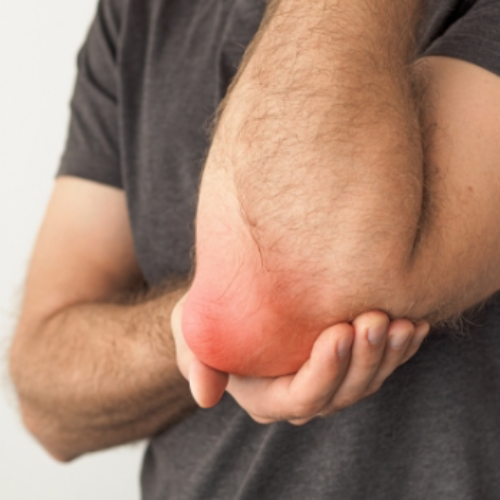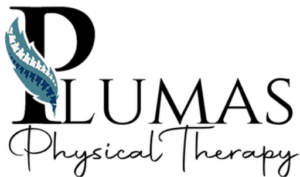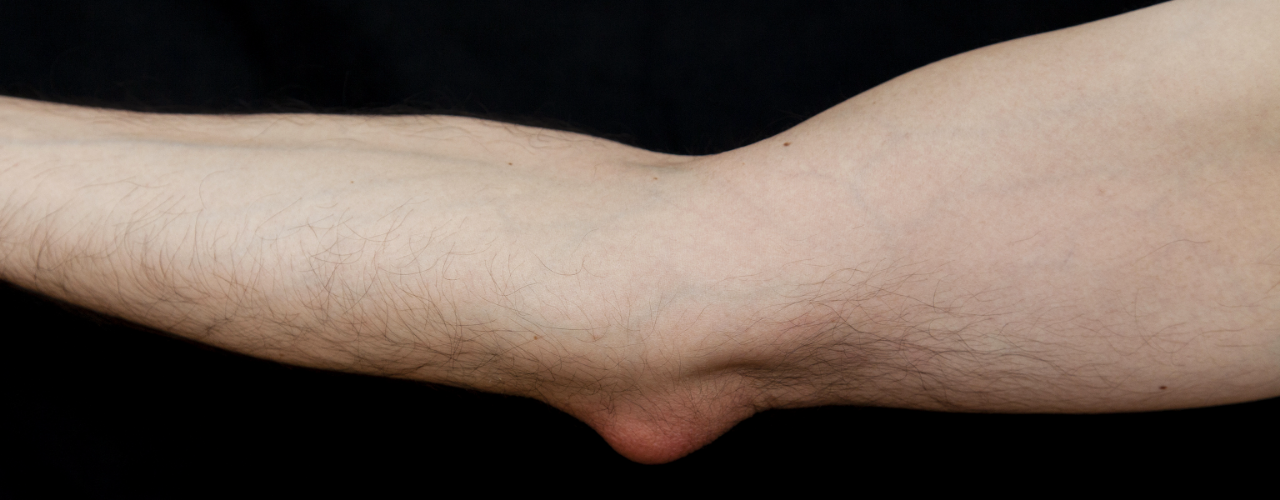
Have you noticed pain lying on your side? Are you struggling to get in and out of cars because of hip pain? You may be dealing with bursitis or tendinopathy. At Plumas Physical Therapy, our physical therapists can help you identify the source of your pain and how to treat it successfully.
The bump you feel on the outside of your leg is not the hip joint; it is a part of the thigh bone (femur) called the greater trochanter. This protrusion is where tendons from the buttock muscles attach and where a bursa protects the bone from these tendons.
The outer hip region is a common source of pain and dysfunction. Basic activities are impaired when the tendons or bursa are irritated or inflamed. Fortunately, at Plumas Physical Therapy, our team of physical therapists can clarify the source of your issues and help guide you to relief!
Request an appointment today with one of our highly trained physical therapists.
What Are The Common Causes Of Outer Hip Pain?
The location of your pain is an essential clue for identifying the source of your problem. For example, hip pain on the upper aspect of your hip (pelvis) is usually caused by problems with muscles, tendons, and/or bursa and not the hip joint itself.
The type of symptom(s) you experience help to point towards the condition causing your pain and dysfunction. Pain that is felt on the outer hip (i.e., greater trochanter pain) is often referred to as greater trochanteric pain syndrome (GTPS). This syndrome encompasses two primary conditions:
Bursitis:
Bursae are small fluid-filled sacs positioned between bone and tendons or other moving parts near your joints. Their job is to reduce friction between these moving parts.
Trochanteric bursitis affects the outer part of the upper leg and is due to inflammation from irritation or injury. The main symptoms include pain to touch/pressure on the outside of the hip and activities such as lying on it, walking, climbing stairs, or running.
The main risk factors include:
- Gender: Women are more commonly affected than men
- Overweight/Obesity
- Trauma (i.e., falls, contact injury in sports and/or accidents)
- Overuse of the muscles or abrupt changes in activity levels
Gluteal tendinopathy:
The tendons from the gluteal muscles (i.e., gluteus medius and gluteus minimus) attach to the greater trochanter and, when injured, lead to pain on the outer hip.
The main symptoms include palpation over the greater trochanter and pain that refers down into the lateral thigh region. Like bursitis, gluteal tendinopathy causes pain lying on the side and weight-bearing tasks like walking, climbing stairs, and running.
An important difference between bursitis and tendinopathy is activity; tendons often feel better with use, whereas bursitis worsens. Recent research has demonstrated that tendinopathy is non-inflammatory and responds accordingly.
Occasionally pain felt in the outer aspect of the leg will be related to IT band syndrome or referred lower back pain. These conditions do not have the typical presentation as bursitis and tendinopathy and may present with symptoms that are unrelated to the function of the bursa and/or tendons.
Fortunately, our physical therapists are experts at identifying the underlying causes of your pain and how to resolve them effectively!
What To Expect At Your Physical Therapy Session
Physical therapy should start immediately following the first sign of pain or injury to ensure the fastest recovery possible. Our team of physical therapists will conduct a thorough evaluation of the entire lower extremity and spine to determine any weaknesses or limitations that may be causing your pain.
At Plumas Physical Therapy, our therapists will start with an injury evaluation and a biomechanical assessment to determine how your pain affects your function. We will use this information to develop a comprehensive program that includes targeted manual techniques, mobility work, strengthening, and appropriate pain relief techniques for optimal results.
Initially, our focus will be on pain management and restoring mobility to the injured area. Next, we will progress your strength and dynamic stability exercises designed to restore the function and prevent injuries.
We are experts at identifying your individual needs to make sure you get back to doing what you love!
Request An Appointment Today!
At Plumas Physical Therapy, our physical therapists are movement experts. We will identify all the factors that contribute to your pain/injury and help you resolve them once and for all! Request an appointment with one of our Quincy and Blairsden, CA physical therapists today.
Sources:
- https://journals.sagepub.com/doi/full/10.1177/23259671211016850
- https://www.choosept.com/guide/physical-therapy-guide-greater-trochanteric-bursitis
- https://www.physio-pedia.com/Gluteal_Tendinopathy#:~:text=Gluteal%20Tendinopathy%20(GT)%20is%20defined,prefer%20into%20the%20lateral%20thigh
- https://bjsm.bmj.com/content/54/23/1382
- https://www.jospt.org/doi/10.2519/jospt.2017.0301
Your Next Steps…
Request An Appointment
Receive A Custom Treatment Plan
Work Hard and Progress In Your Recovery
Recover & Enjoy Life Pain-Free!

